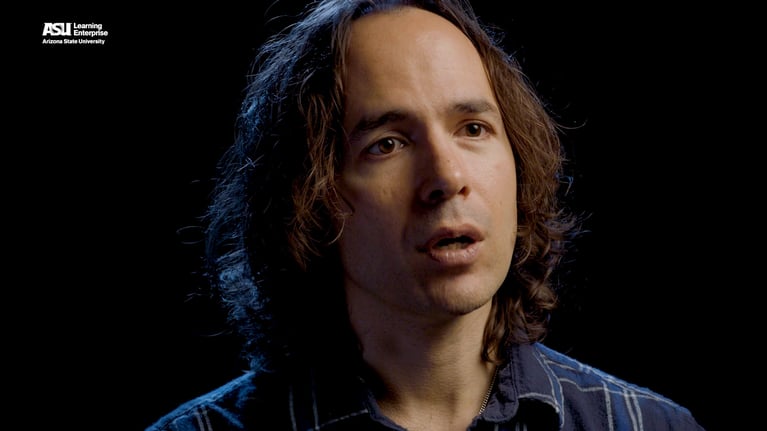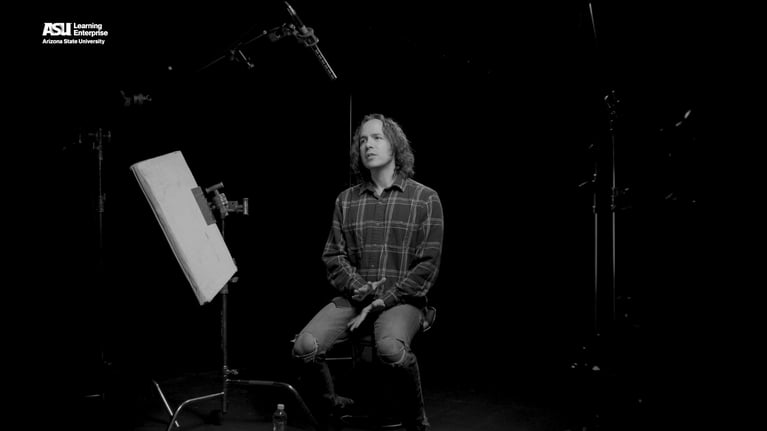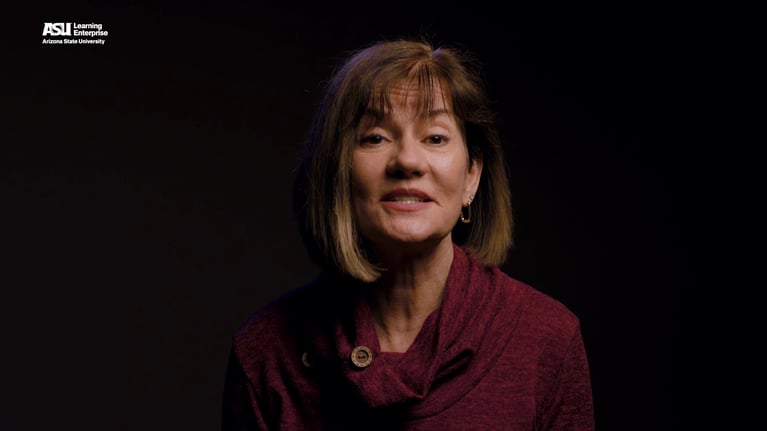Playing an acoustic instrument is a physical engagement, creating a feedback loop between action and perception. This raises questions about digital music, which doesn't require physical movement. Should we seek new ways of incorporating physical input into digital music? The material world is entwined with artistic expression and creativity. For example, Beethoven's handwritten scores were essential to his creative process. Similarly, the advent of the typewriter and computers catalyzed new modes of expression. Real-time signal processing in computers allows for immediate adjustment and refinement of digital compositions, eliminating the delay between creation and actualization. This opens up new possibilities but also challenges, as the constant change can hinder skill development. However, this situation symmetrizes action and perception, bringing a new rhythm to instrument development. Digital instruments may shorten the time between inspiration and expression, potentially revolutionizing the field of music.
Let’s think about the entanglement of the material world with modes of artistic expression and creativity. It’s well-known that Beethoven’s handwritten scores are furiously written and scattered, with lots of changes and things crossed out. The materiality of pen and paper are essential to the works he created. The typewriter accelerated the writing process, but we shouldn’t take that to mean that it sped up something that was already there. “Accelerate” doesn’t simply mean “to make more efficient.” The typewriter changed what a literary “work” could be by catalyzing new modes of expression.
In the last few decades computers have gotten fast enough to do what’s called “real-time” signal processing: they operate so fast that they can synthesize a response to an input at the rate of reality, as it were, with enough speed and complexity that it feels like an acoustic musical instrument. Computer theorists have called this new situation “composition by refinement.” For Beethoven, by contrast, there was always a long delay between writing and sonic actualization.
With real-time signal processing not only do you no longer need to wait to hear your composition, but you can model an instrument on the computer and adjust and refine it immediately. This is something a luthier could only do between successive builds of a violin. You learn from one model, then your design evolves for the next one. Now we can model instruments on the computer and change their properties by tinkering with the code.
If you do this in an interpreted programming environment that doesn’t require the delay added by compilation time, then your process approaches the speed of the sensorimotor network itself, a continuous loop between action and perception. Where the luthier has quite a bit of work to do to adjust the way the instrument responds after playing it, this gap is basically eliminated for the digital composer and digital instrument builder, who adjusts and refines it in real-time.
This can bring some problems, because when you open the floodgates of possibility and lose your constraints, you become unmoored (as Adorno wrote of composition after the “break with tonality” at the start of the 20th century). Programmability is a boon but also a curse. You can change anything, so you’re always changing everything. The instrument never settles into a state that allows continuous practice and skill development. Sometimes this is called “the problem of the second performer.”
But there’s something really beautiful about this situation in the sense that it symmetrizes action and perception. It brings a new rhythm to instrument development. You can compose without a model. You can start from scratch and develop on-the-fly. Then instrument development turns into a kind of free improvisation.


